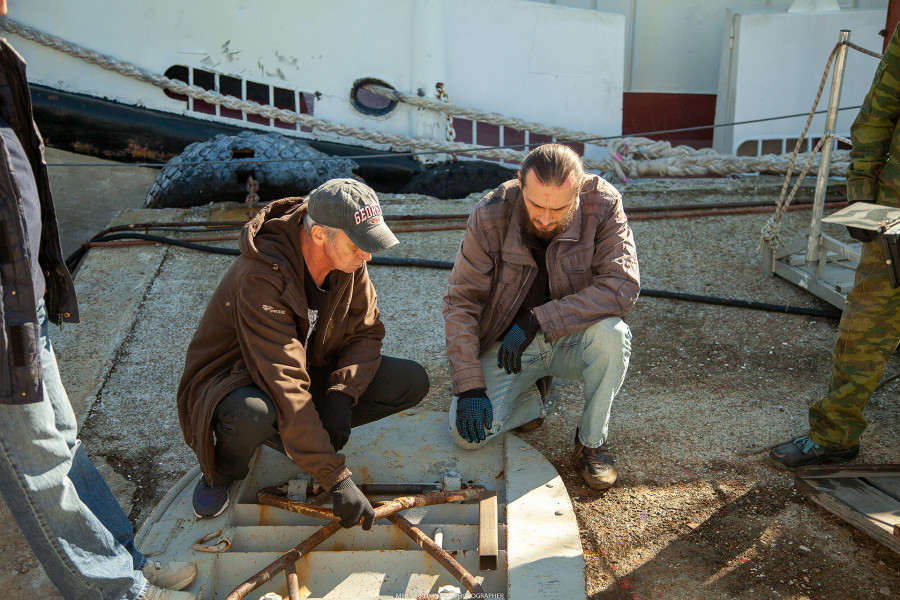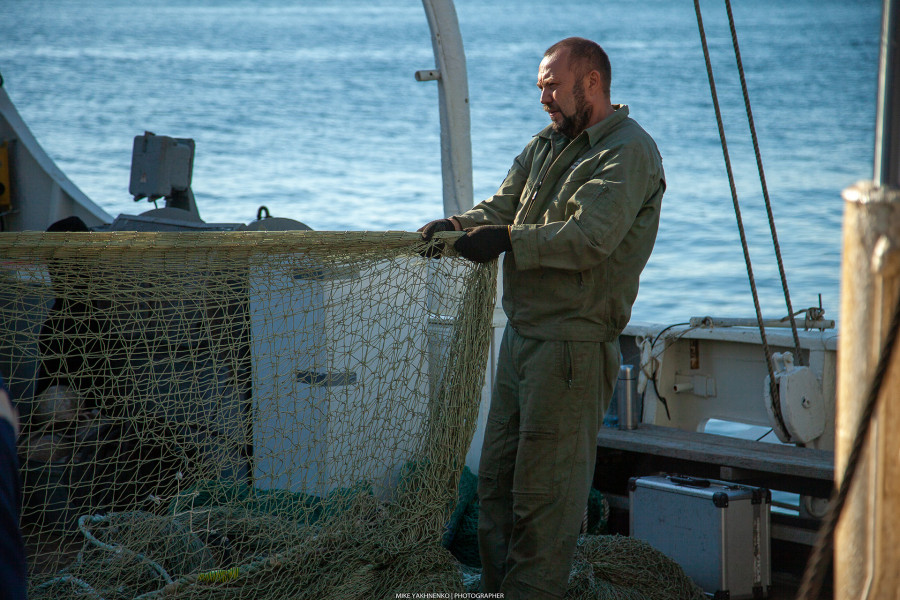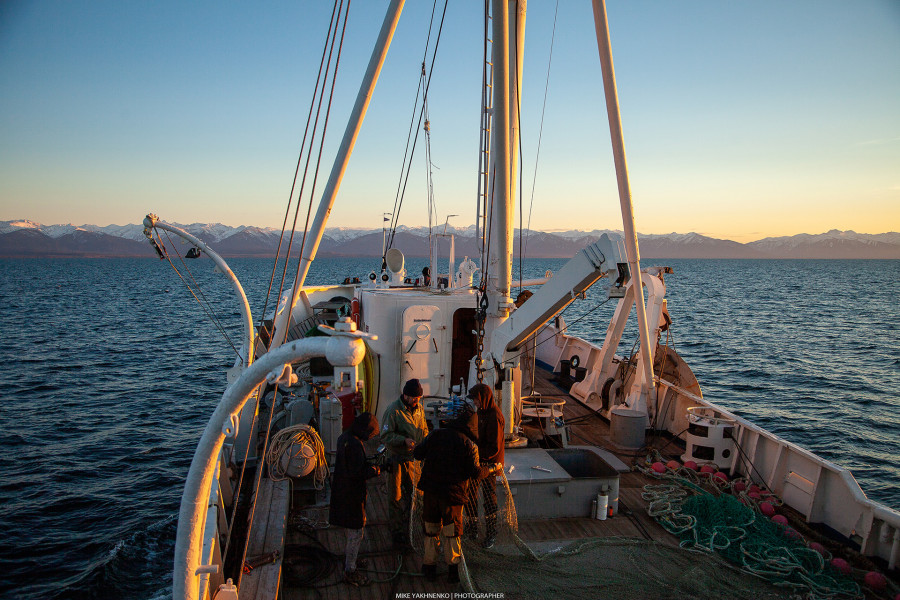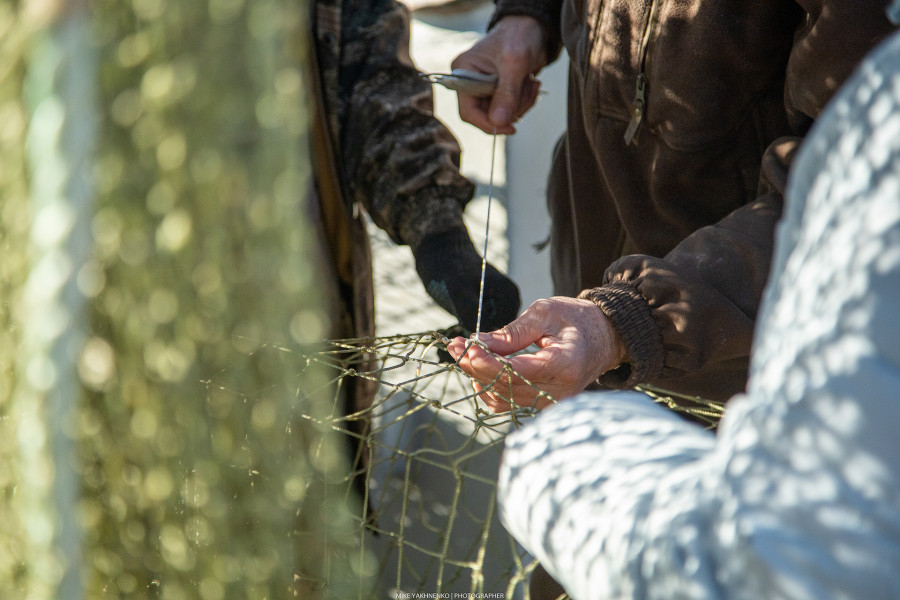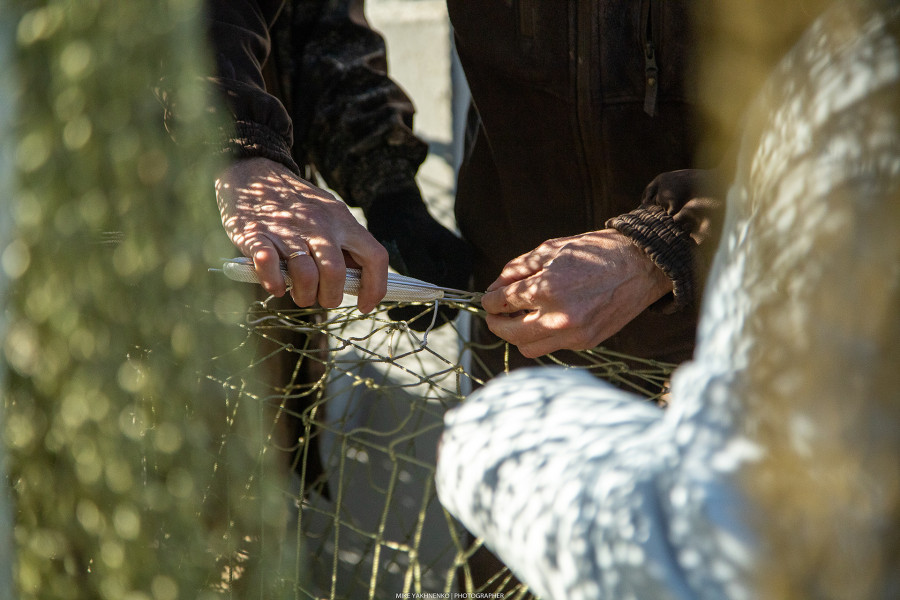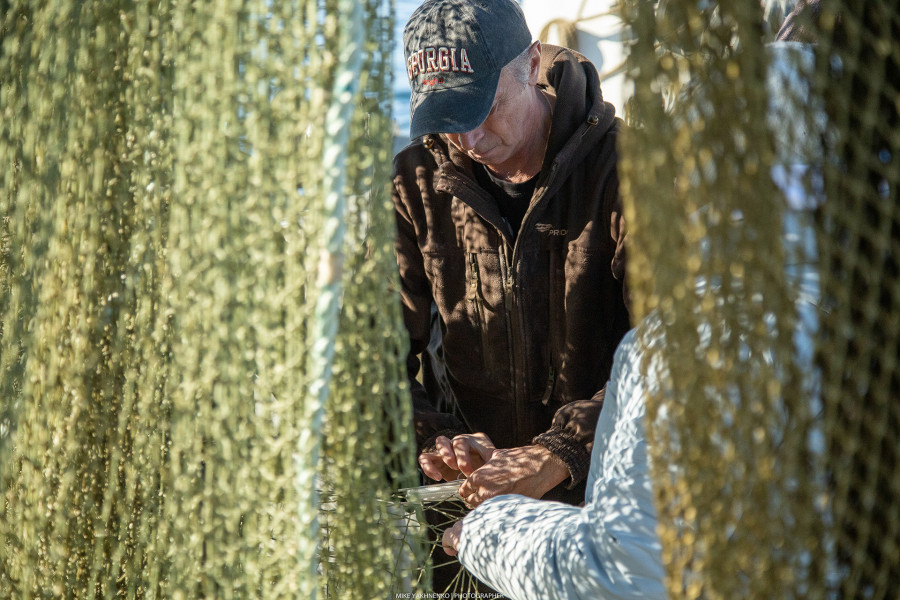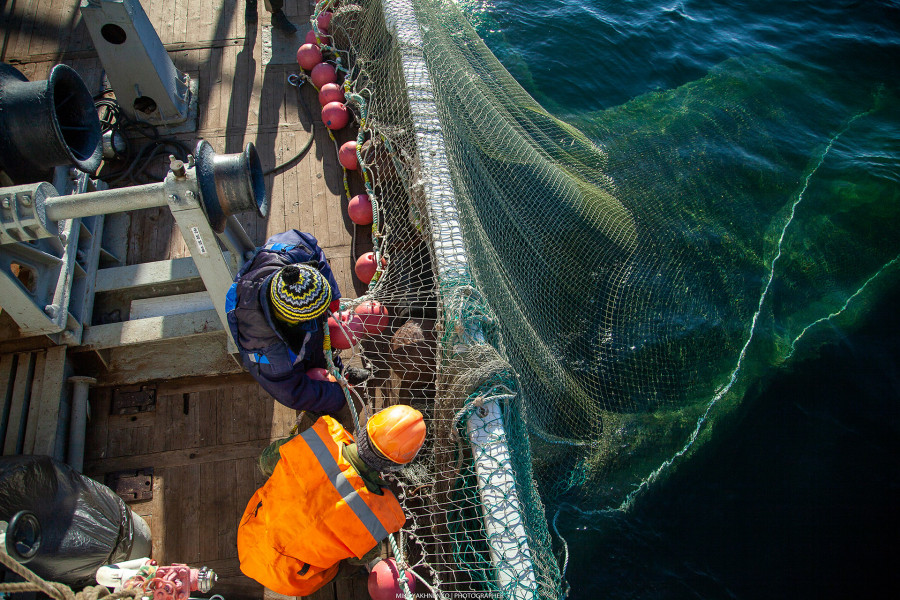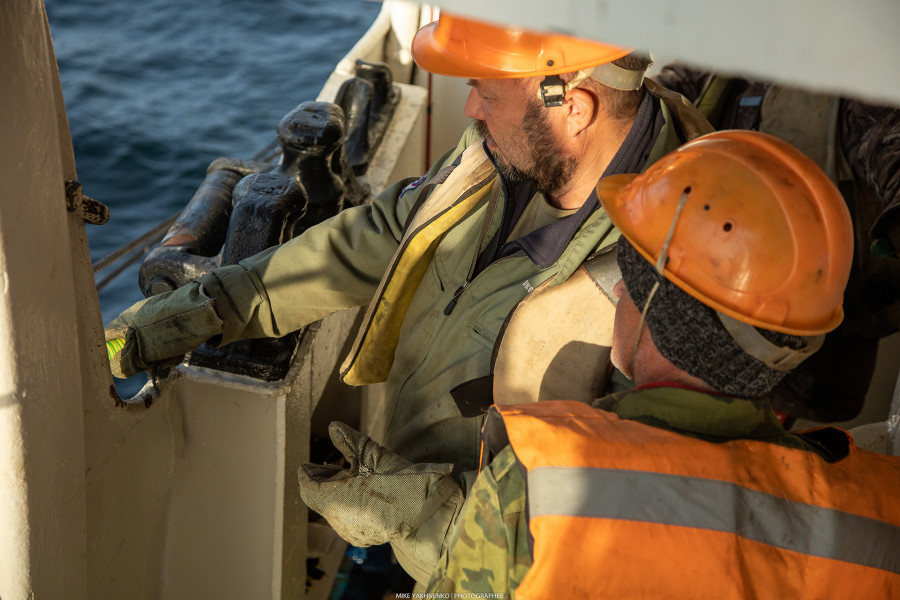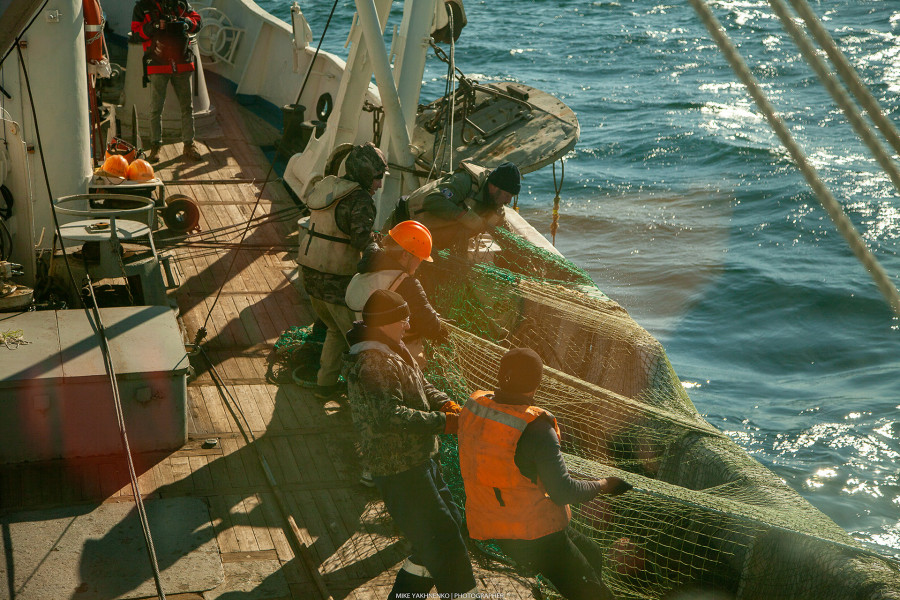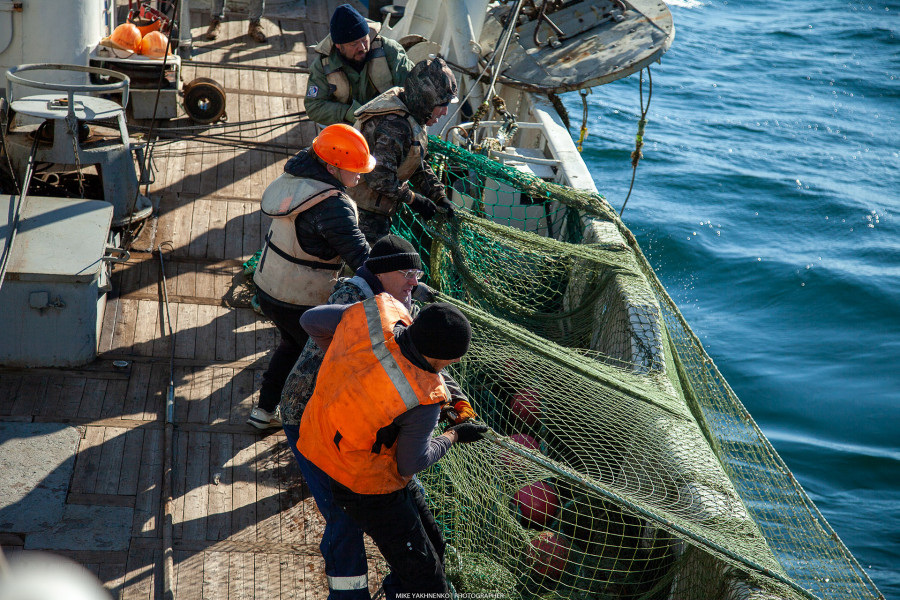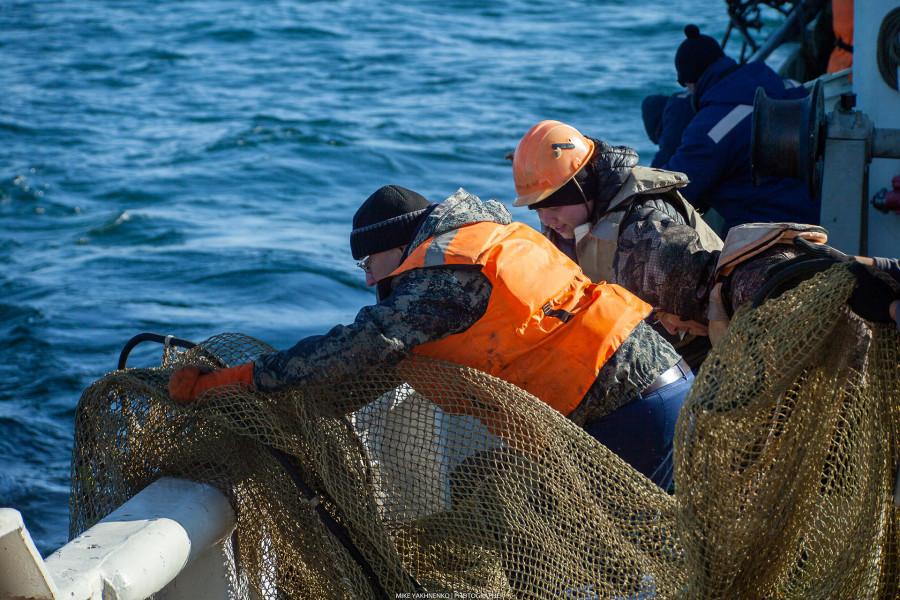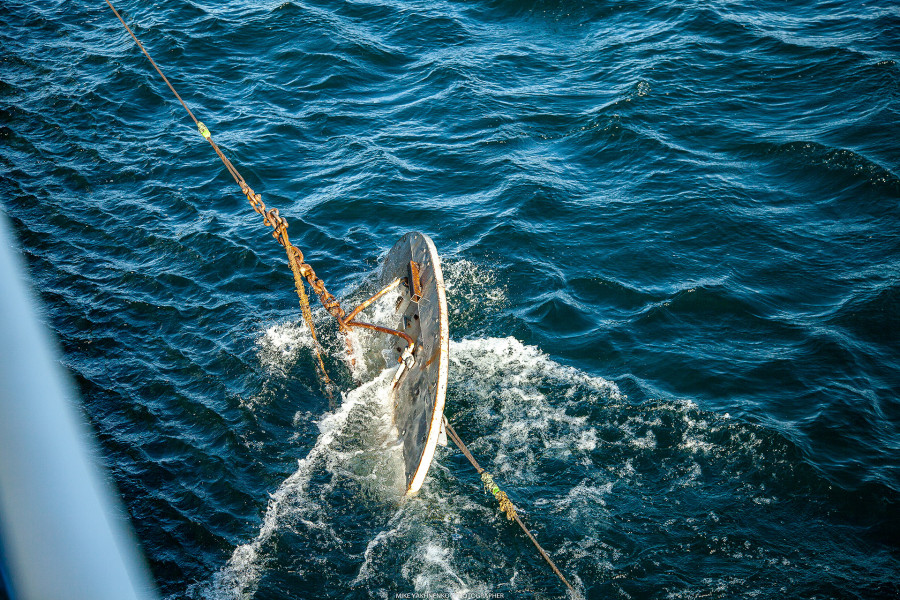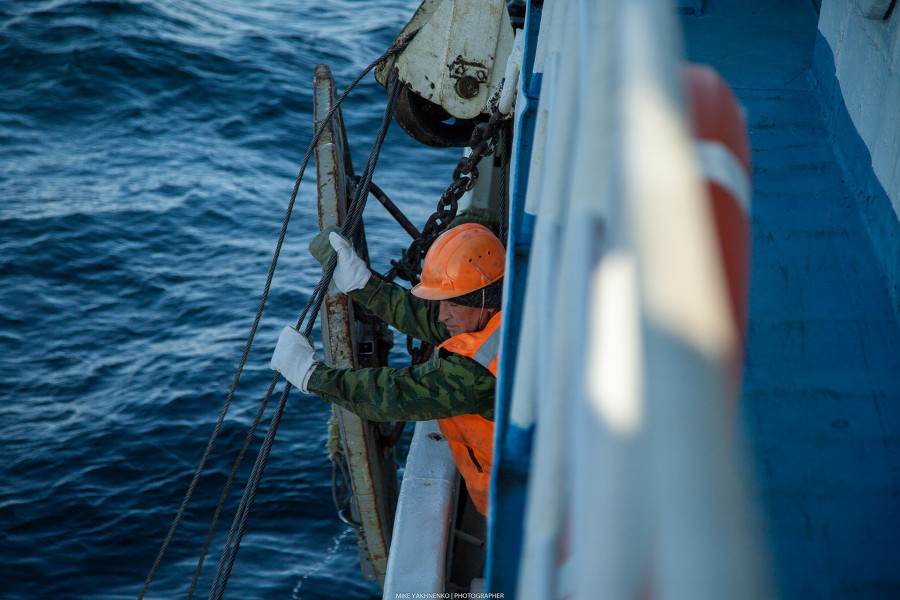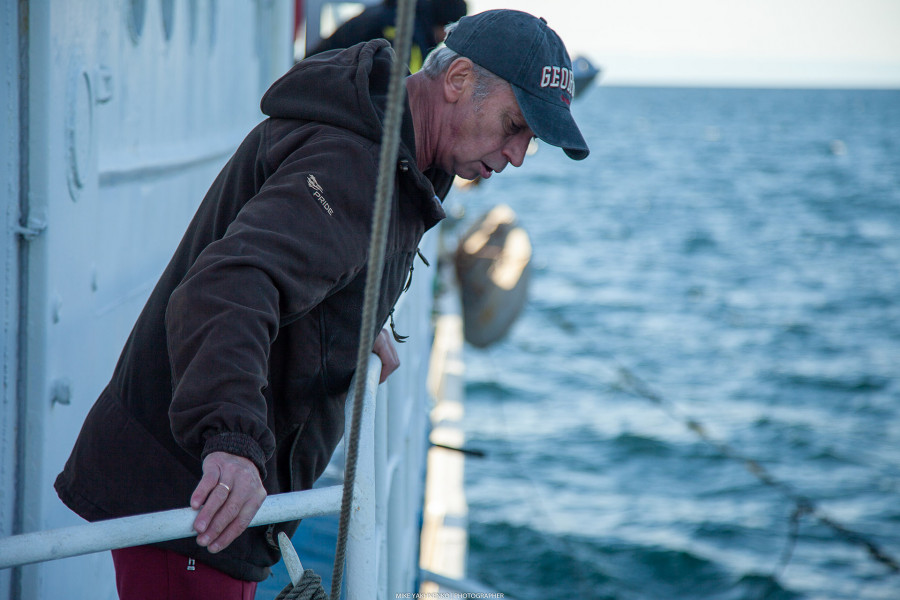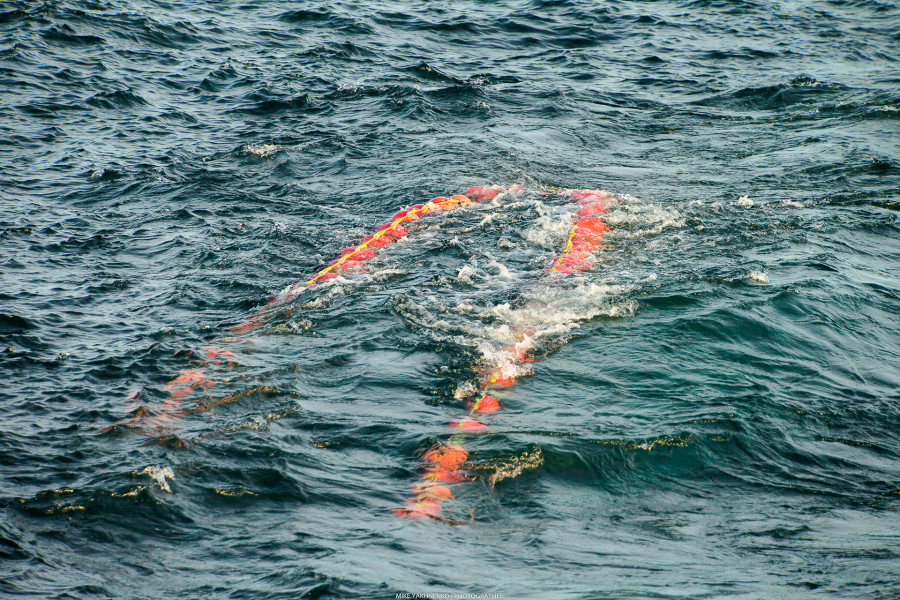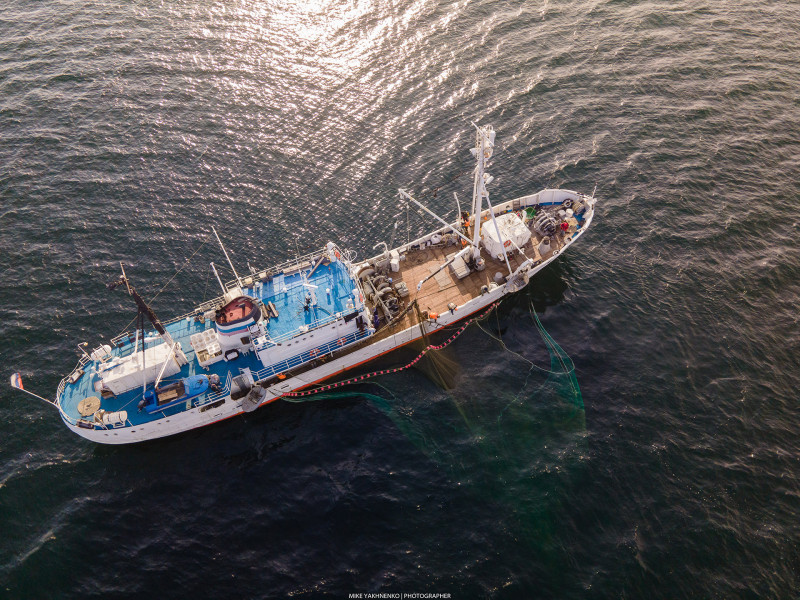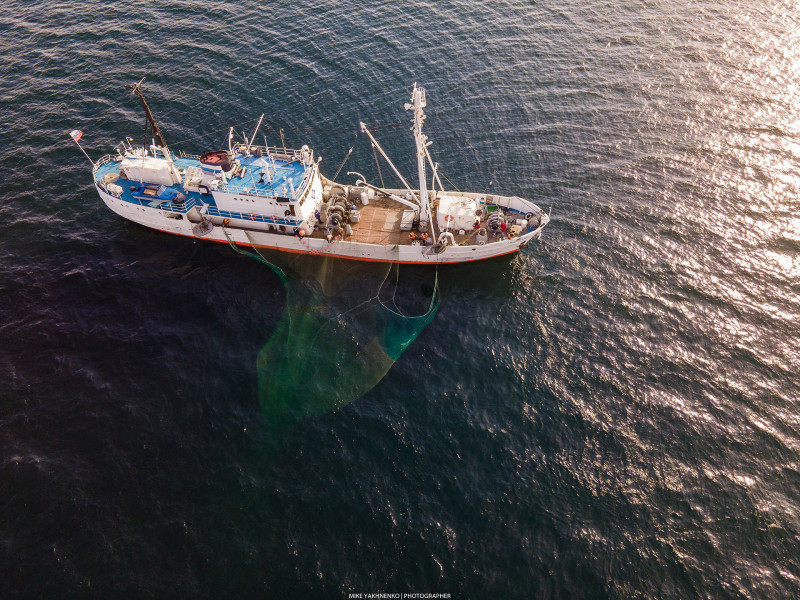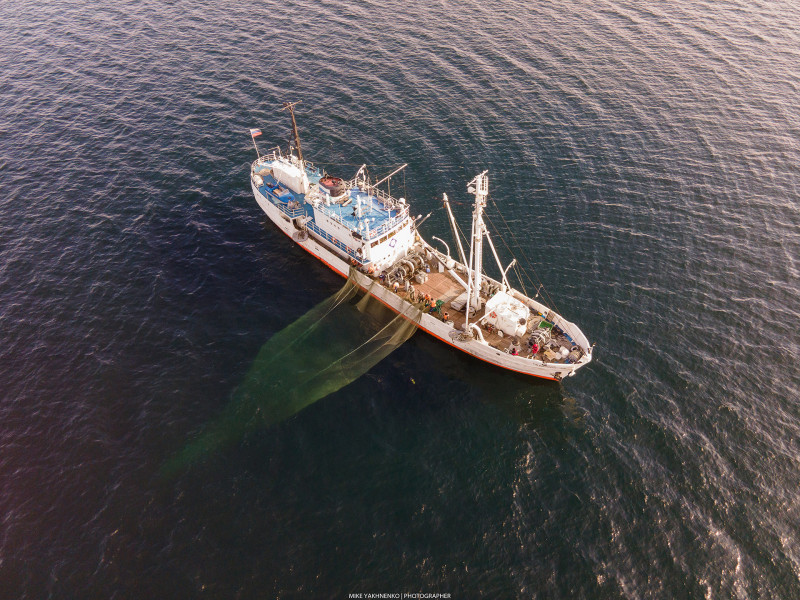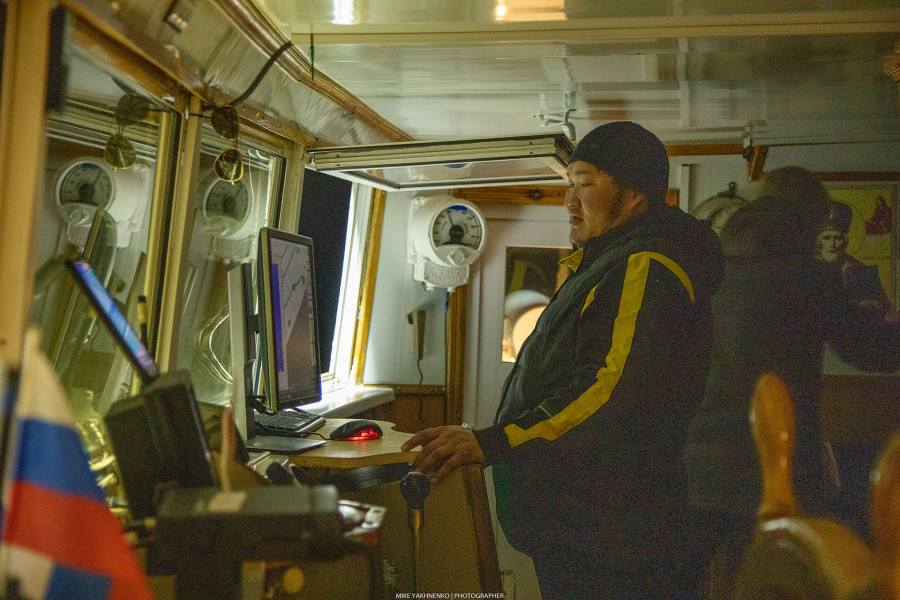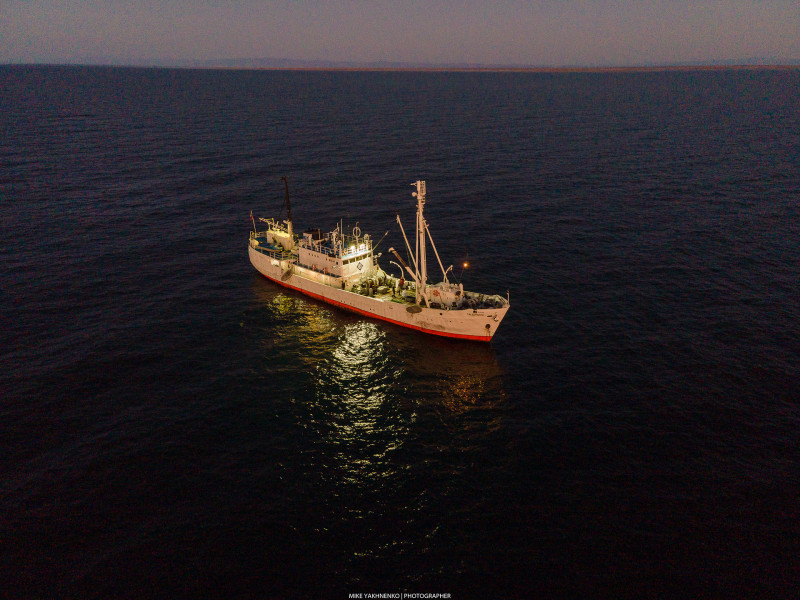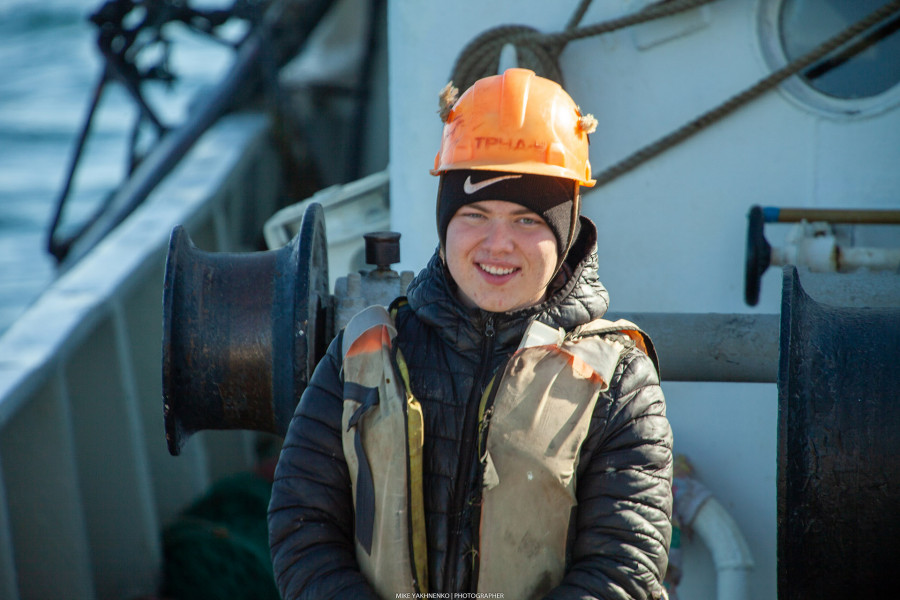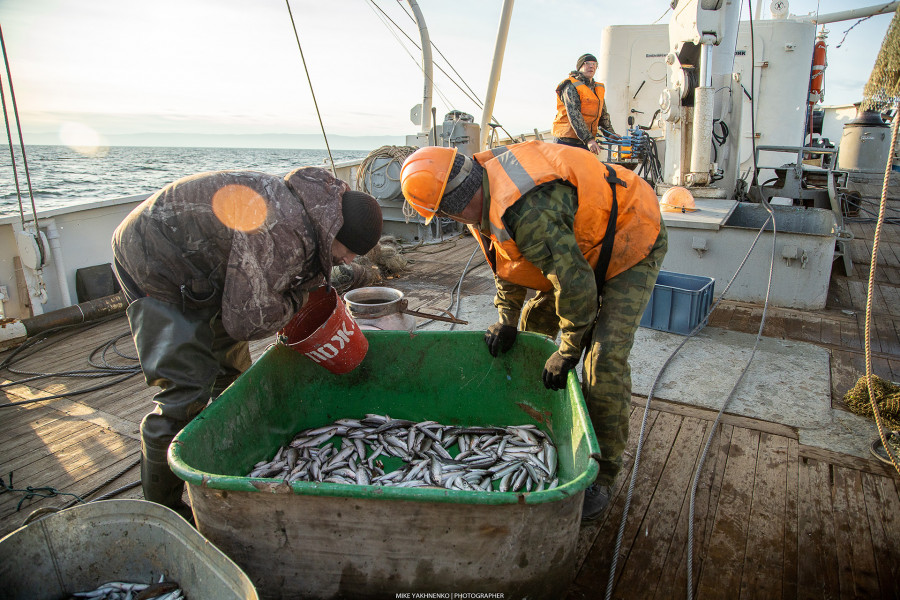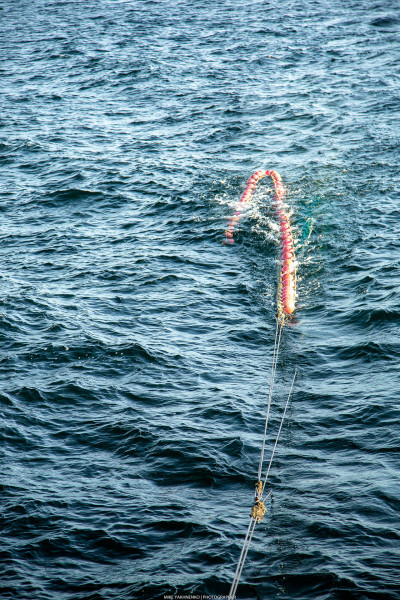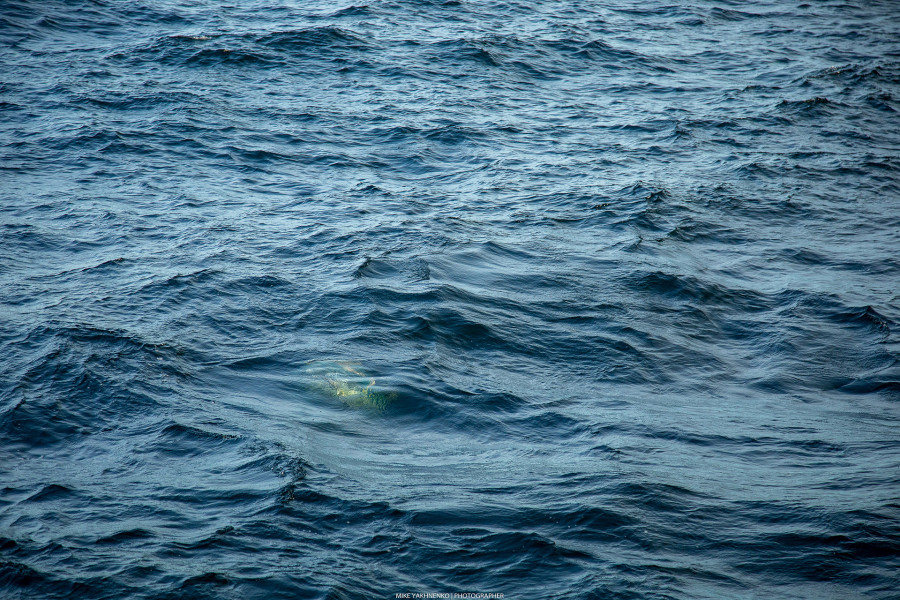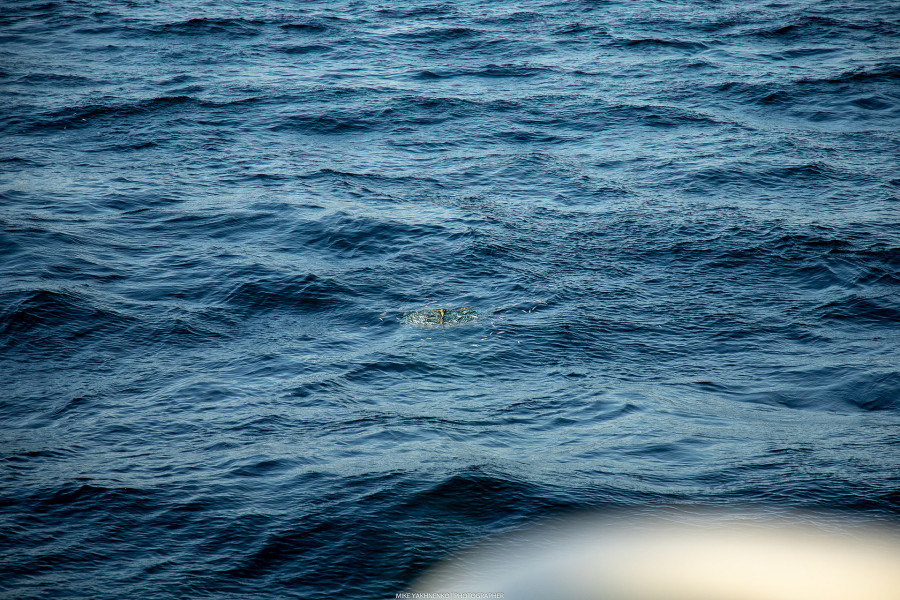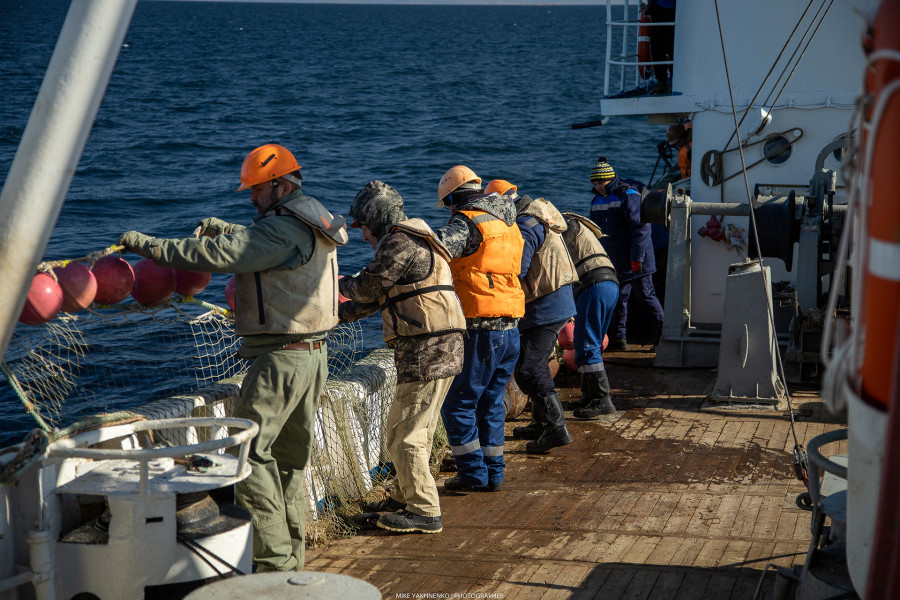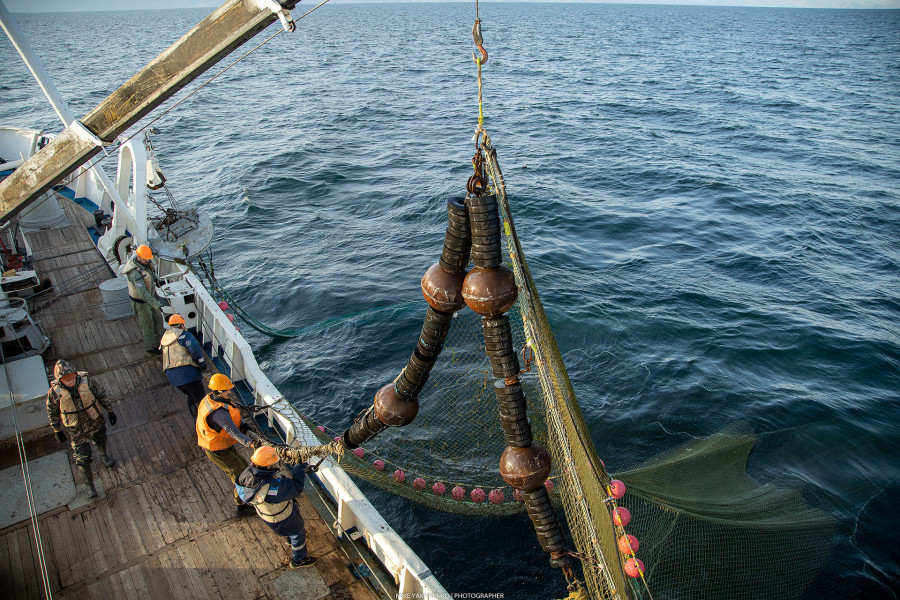Expedition to study the structure of the Baikal omul population
On October 5-9, 2024, an expedition to study the structure of the Baikal omul population in the Selenginsky shallow waters of Lake Baikal in autumn was carried out on the R/V “G.Yu. Vereshchagin” within the State Assignment No. 0279-2022-0004 “Assessment of ecological and economic aspects of the impact on Lake Baikal from ongoing and planned anthropogenic factors in the Baikal natural area, rational nature management, water and bioresource potential of Lake Baikal” (led by M.M. Makarov).
The work aims to study the population dynamics of the Baikal omul in the Selenga shallow water zone using the trawl-acoustic method and to estimate the abundance and age-gender structure of a feeding stock.
The hydroacoustic survey was carried out along the extended transect grid. The Echo-Baikal hydroacoustic complex developed at LIN SB RAS was used for the survey. To verify the acoustic data, scientific trawls were conducted with a multi-depth pelagic trawl with fish sampling for biological analysis. A total of five trawls were conducted in different parts of the Selenga shallow water at depths ranging from 50 to 250 m.
According to the data of control trawls, the size-age composition of Baikal omul in the amount of 1748 individuals was analyzed. An increase in size of the omul stock due to the 2019-2023 generations is shown. Comparison of hydroacoustic data and measurements of trawl catches confirmed the possibility of correct application of the length-weight ratio LWR obtained earlier from long-term data: W=10.9*SLdm3.02. The data obtained from control trawls enabled us to estimate the level of natural mortality, which we have designated as M = 0.2. This value is comparable to the coefficient calculated for corresponding ages of whitefish Coregonus muksun (Pallas, 1814) with a long life expectancy, similar to that observed in the Baikal omul.
As observed during the spring period, an increase in the migration activity of omul aggregations confined to the bottom layer was revealed. It should be noted that in contrast to May observations, when the main aggregations of omul were recorded at depths of 10-250 m, during the autumn survey they were recorded at depths of 50-150 m. Spatial structure of the aggregations was characterized by sharp heterogeneity, and the aggregations themselves differed in size structure.
Further research will be conducted to assess the impact of anthropogenic and natural factors on the omul population in the context of a significant decrease in its stocks.




